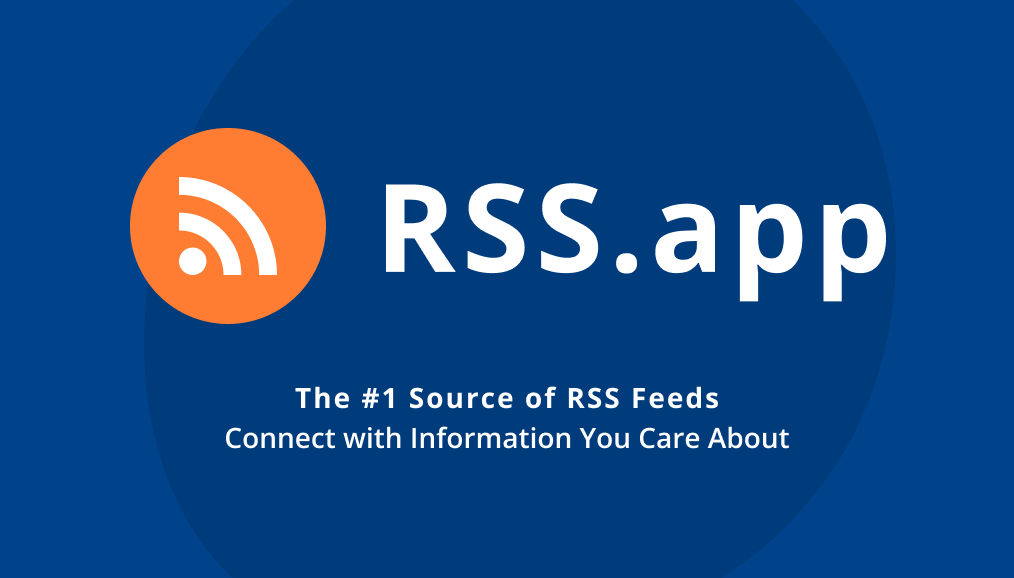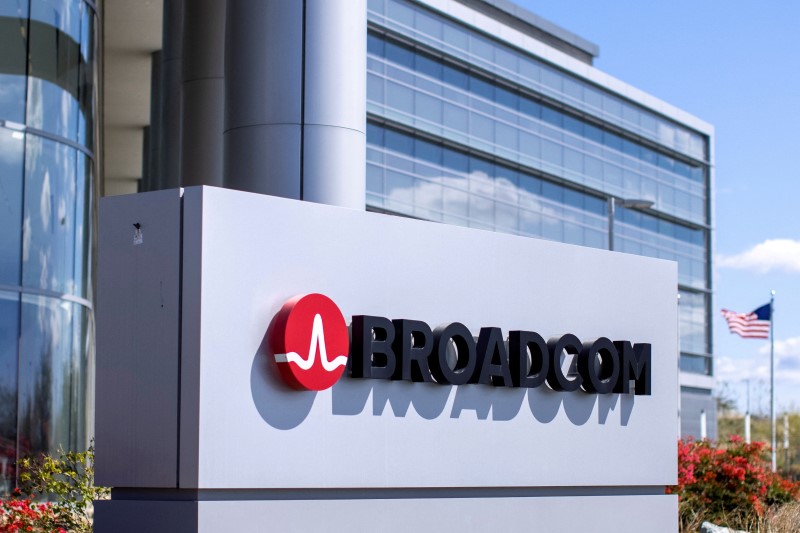© Reuters. FILE PHOTO: Shoppers crowd a Walmart store ahead of the Thanksgiving holiday in Chicago, Illinois, U.S. November 27, 2019. REUTERS/Kamil Krzaczynski/File Photo
By Deborah Mary Sophia
(Reuters) – Deep discounts on everything from beauty products and toys to electronics during the Thanksgiving weekend enticed U.S. shoppers to splurge about $38 billion online, signaling a strong holiday shopping season even as economic uncertainty swirled.
Online consumer spending jumped 7.8% during Cyber Week, or the five days from Thanksgiving through Cyber Monday, according to data from Adobe (NASDAQ:) Analytics, outstripping initial expectations for a 5.4% rise.
In the lead-up to the crucial shopping season, industry forecasters, including Deloitte and retailers like Walmart (NYSE:) and Macy’s (NYSE:) warned of cautious consumer spending due to sticky inflation constrained budgets. But blockbuster deals helped bargain-hunters.
“I don’t think we’re seeing great sales numbers, but I think expectations were sufficiently beaten down that this was sort of expected, if not a little bit better,” said AllianceBernstein (NYSE:) Chief Investment Officer Jim Tierney.
More than 200 million shoppers made purchases both in-store and online during the Thanksgiving weekend, the National Retail Federation (NRF) said on Tuesday, representing a near 2% increase from last year and surpassing the trade association’s estimates of 182 million.
“It seems like individuals are becoming a little more price conscious this season. It’s probably worth discounting a bit more, from retailers’ perspectives, and seeing if the consumer will respond accordingly,” said Jeffrey Roach, chief economist at LPL Financial (NASDAQ:).
“It seems like retailers are expecting consumers to continue to shop for Christmas presents,” said Brian Mulberry, client portfolio manager at Zacks Investment Management which owns stakes in Amazon (NASDAQ:) and Walmart. “It will be an interesting proxy to gauge if those discounts deepen significantly in the next week or two to try and entice any type of consumer spending.”
Still, with about half of Americans’ holiday shopping left untapped, the NRF stuck to its forecast for 3%-4% retail sales growth during the full November-December holiday season, saying shoppers will continue to look for big promotions and bargains.
On an average, consumers spent $321.41 on holiday-related purchases, including toys, electronics and gift cards during the Thanksgiving weekend, compared with $325.44 last year, the NRF data showed.
“I think we are seeing a bet from consumers that there will still be deals leading into the holidays…there is optimism for the holidays, it’s just a different spending pattern than we’re used to,” said Dave Peacock, CEO of Advantage Solutions, a consulting firm that works with retailers, including Walmart.
“There’s going to be a shot, a consumer that’s going to chase value to the end of the shopping season,” said Tanger CEO Stephen Yalof. With Christmas on a Monday this year, he predicted, shopper traffic levels “throughout the selling season” would be stronger than in 2022.
Discounts as steep as 31% on electronics and 27% on toys and the ease of making last-minute purchases from the comfort of people’s homes have given online sales an edge over in-store shopping.
Online shoppers rose 3.1% to 134.2 million during the Thanksgiving weekend, making up for a slight dip in the number of customers who visited brick-and-mortar stores. The period saw about 121.4 million in-store shoppers, down from 122.7 million in 2022, according to the retail body.
“What I’m not hearing about is the one blow-out gift, or the five blow-out gifts, like we’ve had in the past,” Tierney said. “To a degree, that benefits Amazon given that we’re not seeing shopping just on one big day anymore,” he said.
“When there is not that one hot thing, it works in Amazon’s favor that what consumers want is sufficiently broad and when they’re willing to buy it is broader than just one weekend.”
According to Salesforce (NYSE:), which derives its benchmarks for online traffic and spending from data flowing through its Commerce Cloud e-commerce service, U.S. shoppers spent about $70.8 billion online, representing a 4.1% increase from 2022, during the Thanksgiving weekend this year.
‘BUY NOW, PAY LATER’ DRIVES BIG SPENDING ONLINE
In a bid to stretch their Christmas budgets, shoppers are also leaning on Buy Now, Pay Later (BNPL) services such as Klarna or Affirm to avoid the extra fees and interest that come with credit card payments.
A record $940 million worth of purchases were made through BNPL on Cyber Monday, surging 42.5% from last year and trouncing Adobe’s earlier estimate for an 18.8% jump, as consumers took advantage of the flexible payment option. Adobe tracks transactions through its Experience Cloud service which powers retailers’ e-commerce platforms.
Payments firm Block noted BNPL transactions through Afterpay surged 19% over the weekend, adding that online shopping cart sizes were 3.9 times bigger than in-person shopping.
Klarna also said it saw a 29% increase in orders placed by U.S. shoppers on Black Friday.
Read the full article here













